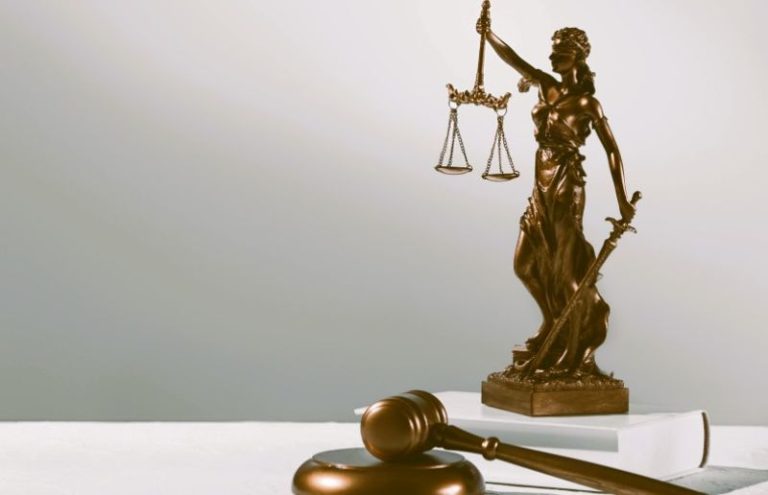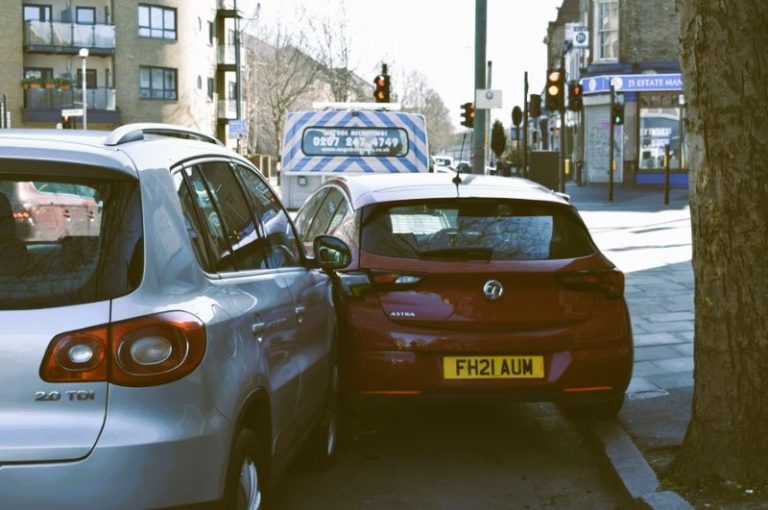

In Biloxi, MS, a strong personal injury case requires medical records, accident reports, witness statements, and photo or video evidence. Proof of lost wages and expert testimony can strengthen claims. Timely documentation and legal guidance help establish liability and maximize compensation for injuries sustained due to negligence or misconduct. Speak to someone from Maloney-Lyons Law Firm to help you expedite the process.
Navigating a personal injury case can be complicated. Criticality then lies in knowing how to claim its strength. You must have a good amount of evidence if you intend to take legal action. This post covers some of the basics that strengthen a personal injury case, all of which can help a person create a strong case.
Medical Documentation
The medical record is one of the most crucial pieces of evidence in a personal injury case. Medical records from providers delivering care are firm evidence of injuries forced by an event. Includes documents that usually contain diagnoses, treatment plans, and progress reports. Medical records help to prove the seriousness of injuries but also document the course of recovery, which can be a factor in determining damages.
Along with signed medical documents, evidence from medical personnel can help bolster the case. Expert opinion regarding the seriousness of the injuries and the likelihood of some long-term effect is the stuff a compelling story is made of. These insights can help illuminate the relationship between the incident and the ongoing injuries, useful information that the injured party needs to amplify every relevant detail of its case.
Photos and Videos as Evidence
Images are also much more useful than words in telling the story of how an injury occurred. Images and footage taken at the scene can reflect the sort of premise that caused the accident, like showing an unsafe work environment or showing injuries that are clear evidence.
In addition, photographing injuries over time can show how they are healing or not healing. Separately taken images create a photographic record that runs parallel to medical notes. This evidence can frame perceptions and bolster the claims of the injured party if presented properly.
Witness Testimonies
Witnesses can help verify the injured person’s account. Witnesses in attendance can give objective accounts of events that have taken place. Their statements help corroborate facts and resolve discrepancies in the storyline.
There is something important that may convince you to do this. After an accident, it is fundamental to get the contact information of witnesses. Keeping their statements ensures that they are accurate and preserves their observations. Witness testimony also provides an additional layer of credibility that can be essential in the event that you have a contested case.
Police Patrol and Incident Report
Police or incident reports often provide essential proof in personal injury claims. They provide an official narrative of the incident, often describing the who, what, where, and possible blame. A police report can provide an impartial viewpoint, verifying what one party claims or disputing it.
Reports made in incognito incident states in the workplace or public also share non-negligible knowledge. The reports usually provide detailed accounts from those involved, witnesses, and officials, giving a clear picture of the event. Depending on the nature of those reports, such reports can serve to support arguments in a case and clarify the events.
Expert Opinions
Expert testimony can provide a powerful boost to a personal injury case. Professionals in areas such as accident reconstructionists, engineers, or doctors provide educated opinions on the matter. Their analyses can shed light on the more complicated facets of the event that play a part in determining liability or evidencing the claims being made.
An example would be an accident reconstructionist recreating the events leading up to a traffic collision, detailing a chain of cause and effect. Medical experts might testify regarding future complications from an injury. This information can fill the gaps in understanding, providing a more comprehensive perspective on the matter.
Employment and Financial Records
Proof linked to work and funds can showcase the actual influence of an accident. Pay stubs, tax returns, and employment contracts are all forms of documentation that show lost wages or reduced future earning capacity. These records can quantify how much the injury has cost financially to be in a position to claim the same as compensation.
If they had to stay away from work for a long time, or if their duties had to be modified, it shows the disruption caused. Documents are used to back up the claims for lost wages, which further proves that the numbers are done fairly.
Conclusion
Compiling all evidence is crucial in any personal injury case. Every item of evidence, whether it be a medical record or an expert opinion, tells a part of a story that brings the big picture of the injury and its effects to life. The overwhelming amount of evidence a person properly collects and presents increases the likelihood of winning. Knowing the purpose of each stage allows the individuals impacted by the trauma to better advocate for themselves and demand the justice that they deserve.


